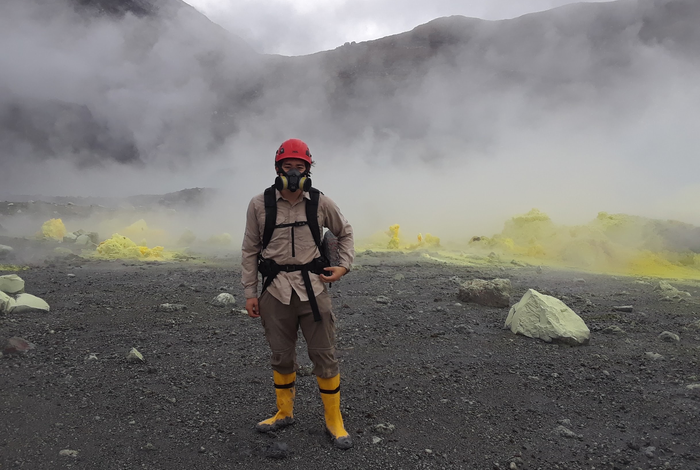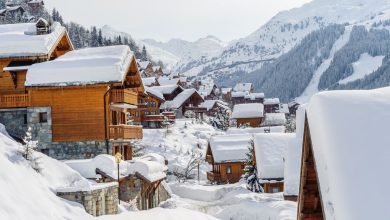How life might have existed on Mars, harsh volcanic lake holds clues

Researchers have suggested that volcanic lakes could hold clues to how life might have existed on Mars – if it ever did – and findings of their study have been published in Frontiers in Astronomy and Space Science.
The hydrothermal crater lake of the Poás volcano in Costa Rica is one of the most hostile habitats on the planet. The condition like ultra-acidic water, full of toxic metals and the temperatures range from comfortable to boiling make it impossible for life to survive. In addition, recurrent ‘phreatic eruptions’ cause sudden explosions of steam, ash and rock.
Despite such deadly eruptions, hydrothermal environments may be where the earliest forms of life began on Earth—and potentially also on Mars, if there ever was life. Scientists have found a few types of microorganisms that have managed to survive in this environment. Beyond discovering how life can survive these harsh conditions, studying these microbes provides clues about if and how life might have existed on Mars.
This current interdisciplinary collaboration follows up on prior work from 2013. At that time, the researchers found that there was just one microbial species coming from the Acidiphilium genus in the Poás volcanic lake. Unsurprisingly, this type of bacteria is commonly found in acid mine drainages and hydrothermal systems, and they are known to have multiple genes adapted to diverse surroundings.
In the following years, there was a series of eruptions and the team returned in 2017 to see whether there had been changes in the microbial diversity, as well as to study the organisms’ biochemical processes more comprehensively. This latest work shows that there was a bit more biodiversity, but still a dominance of the Acidiphilium bacteria.
Through DNA sequencing of the organisms in the lake samples, the team confirmed that the bacteria had a wide variety of biochemical capabilities to potentially help them tolerate extreme and dynamic conditions. These included pathways to create energy using sulfur, iron, arsenic, carbon fixation (like plants), both simple and complex sugars and bioplastic granules (which microorganisms can create and use as energy and carbon reserves during stress or starvation).
Despite the oftentimes lethal surroundings, hydrothermal systems provide most of the key ingredients for the evolution of life, including heat, water and energy. This is why leading theories for both Earth and Mars focus on these locations. So far, previous efforts in search of life on Mars have focused on streambeds or river deltas, but the authors suggest that more attention should be given to the sites of past hot springs (which were present on Mars for billions of years).


